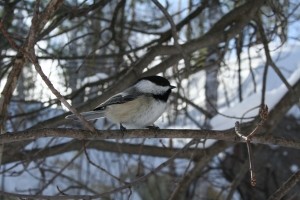Despite the coldest weather during the winter months, there are still plenty of birds to be seen. In order for these birds to stay safe and warm, they need reliable sources of food. Dormant flowers, buds and berries are common during the winter, and this poses a threat to wildlife. Fortunately, birds are resourceful and know how to find food during the winter, even when little is available.
Nannyberry
These shrubs produce edible berries and do very well in all temperatures, winter included. Therefore, they’re a reliable source of food for birds during the long winter months. Nannyberry shrubs are also a great addition to the garden. In late spring, they bloom clusters of white flowers. The berries change color throughout the seasons, from green to yellow to red to black.
Sumac
Sumac refers to any one of 250 species of flowering plants. The Fragrant Sumac is an important winter food source for birds and other small mammals. To most other wildlife, the berries are unpalatable, leaving more to small birds. Although Fragrant Sumac isn’t a first choice for home gardens, it proves to be a suitable ground cover.
Hawthorn
The hawthorn plant is not just beneficial for birds but also for humans. It has been used to treat heart disease, and the berries are always being used for medicinal purposes. This thorny shrub is part of the rose family and it blooms during the month of May. The white, red and pink clusters are perfect in bringing color to gardens, and the berries that sprout after the flowers are great sources of food for birds, even in winter.
Crabapple
Flowering crabapple trees do well even when the ground is covered in snow. In fact, this tree species is known for its ability to thrive in all seasons. There are 55 different species, and all produce different fruit based on its size and color. Many of the smaller fruits remain on the tree through winter, which can add a splash of color to your garden or serve as hearty fruit for birds.
Blog sponsored by: Horizon Landscape

